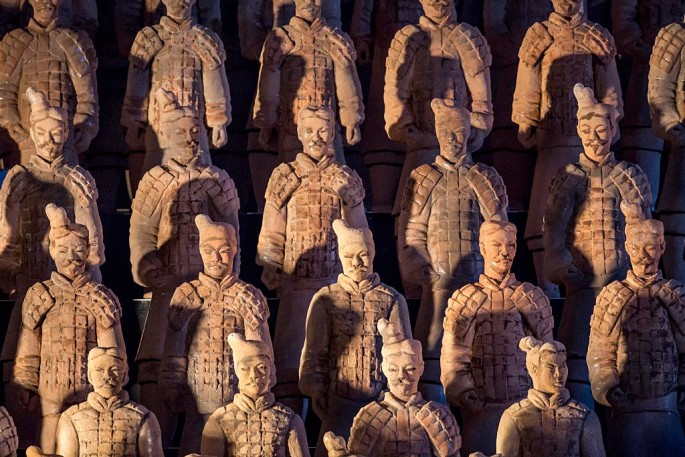A study published on Thursday in Scientific Reports suggest that the craftsmen who made China’s famous terracotta warriors ate dog meat.
The South China Morning Post reported that Max Planck Institute for Evolutionary Anthropology discovered bones inside the tomb of workers and craftsmen near Qin Shi Huang’s mausoleum. He is the first emperor of China’s Qin Dynasty.
The experts analyzed carbon nitrogen isotopes in the remains and their assessment is that most of the workers lived on a diet that came mostly from proteins of domestic animals. They then compared the composition of trace elements in the bones of the craftsmen with the remains of domestic animals during that era.
Dr. Ma Ying, leader of the researchers, said after comparison, dogs were the closest match, next were pigs, sheep, cattle and chicken. Their assessment appear to match historical texts, such as Shiji and the Book of Han Dynasties, which mentioned the prevalence of dog meat consumption during the Han and Qin dynasties. A lot of people then had butchering dogs as their source of livelihood.
In comparison, remains of prisoners which the researchers also studied, indicate lesser meat consumption than the craftsmen. They had to subsist mostly on rice and rationed food while building the imperial tomb.
The 8,000 life-sized sculpted warriors guarded the mausoleum of Emperor Qin Shi Huang, who ruled from 259 BC to 210 BC. It is located in Xianyang, Shaanxi Province.
Doha News reported that the terracotta warriors would visit Qatar in fall. The temporary exhibit, titled “Treasures of China,” would be at the Museum of Islamic Art and opens on Sept. 7.




























